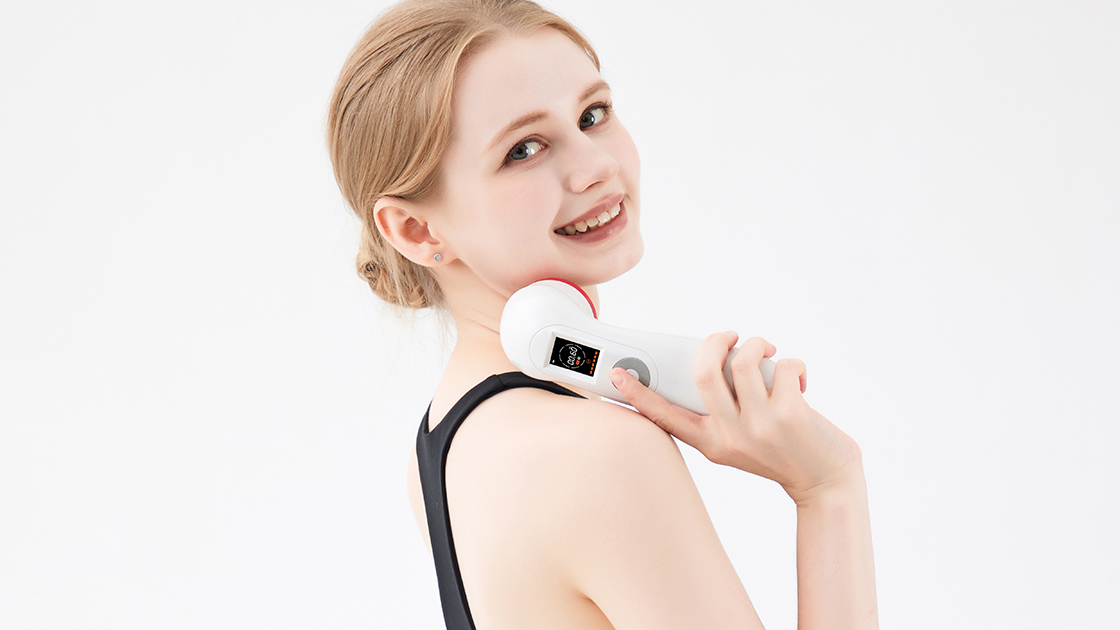Page Contents
TMJ disorder can turn even the simplest tasks, like chewing or talking, into painful challenges. If you’ve ever experienced jaw discomfort, headaches, or the inability to open your mouth fully, you know the grind of TMJ disorder. This condition, which affects the temporomandibular joint connecting your jaw to your skull, can be triggered by stress, teeth grinding, or injury. Thankfully, there’s a modern solution that cools the flames of this chronic pain: cold laser therapy.
Cooling the Flames of Jaw Pain
Cold laser therapy, also known as low-level laser therapy (LLLT), works by emitting light energy that penetrates the tissues around the TMJ. This energy stimulates cell function, boosts blood flow, and reduces inflammation in the affected area. Unlike surgery or medication, cold laser therapy is non-invasive, meaning no cuts, injections, or medications are involved. Instead, it works with your body’s natural healing processes to address the root cause of TMJ discomfort.
The laser promotes tissue repair and enhances the regeneration of damaged cells, helping to restore balance to your jaw’s function. As inflammation decreases, muscles around the joint relax, relieving the pain and tension associated with TMJ disorder. Best of all, the treatment is completely pain-free, offering relief without the need for invasive procedures or medication.
Why Cold Laser Therapy is a Game-Changer for TMJ
What sets cold laser therapy apart from other TMJ treatments is its immediate and long-lasting benefits. Most patients report significant pain reduction and improved jaw mobility after just a few sessions. Because the therapy directly addresses the inflammation that causes TMJ pain, relief tends to come faster than with traditional treatments like mouthguards or physical therapy.
This non-invasive therapy also comes with the bonus of minimal side effects. Unlike medications, which may cause drowsiness, dry mouth, or even dependence, cold laser therapy is a safe, drug-free alternative. It doesn’t involve surgery either, sparing you from long recovery times or potential complications. Instead, you’ll find yourself back to normal activities shortly after treatment, feeling less pain and more mobility in your jaw.
What Happens During the Session
Cold laser therapy is straightforward and comfortable. A typical session lasts about 15-30 minutes, during which a handheld device emits laser light directly onto the affected TMJ area. The light penetrates the skin but does not cause discomfort or heat. Most people describe the process as relaxing, with no pain or side effects.
You’ll likely need multiple sessions to see full benefits, depending on the severity of your TMJ disorder. Most patients notice significant improvement after 3-5 sessions, with some needing up to 10 treatments for full relief. The beauty of cold laser therapy is that there’s no downtime, allowing you to return to your regular activities right away.
Cold Laser Therapy vs. Other TMJ Treatments: Which Wins?
Cold laser therapy has emerged as a preferred alternative to traditional TMJ treatments. While mouthguards, medications, and physical therapy can help, they often provide slow or limited relief. Medications may dull the pain, but they don’t address the root of the problem—namely, inflammation. Surgery, on the other hand, is invasive and comes with risks and extended recovery times.
Cold laser therapy offers a faster, more targeted approach. It treats the inflammation and damage directly, leading to quicker results and fewer complications. And because it’s non-invasive, it’s suitable for nearly anyone suffering from TMJ, without the side effects of medication or surgery.
Fast-Tracking TMJ Recovery with Cold Laser Therapy
If TMJ disorder is disrupting your daily life, cold laser therapy may be the answer to fast-tracking your recovery. With its non-invasive, pain-free approach, it targets the root of the problem—offering you long-term relief from jaw pain, headaches, and discomfort. So, if you’re ready to leave the grind behind and regain comfort in your jaw, it’s time to consider cold laser therapy as your solution.
